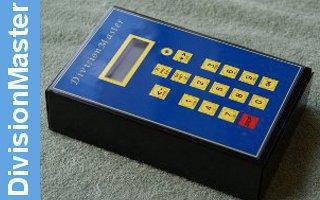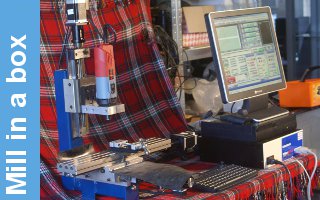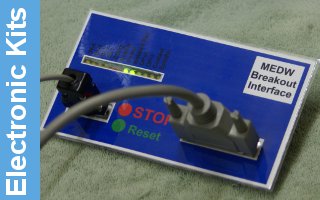HRP Perch Bracket
The same basic procedure is carried out when machining the Burrell perch bracket, holding the bolting flanges In the four jaw chuck in such a manner that the outer non-machined sides of the flanges lie nicely in the same plane, after which the facing and boring of the centre boss can be carried out; this bore can next be used to locate the casting on a spigot when the top and bottom faces of the boss can be machined. It will now be straightforward to bolt down through the centre boss to hold the casting on a milling machine, or on an angle plate on the lathe face-plate, after which the curves to the flanges can be readily machined; during this operation a piece of steel bar should be clamped against the casting on either side, so as to prevent any movement. However, with a 3" Burrell model, it is possible to grind the flanges by hand, if the available machinery is limited.
The Fowler perch bracket is constructed of pressings or folded sheet steel, making a neat fabrication.
The equivalent of the perch bracket on the Simplicity Roller is known as the saddle bracket, and is rather a heavy and elaborate casting. It will be best to machine the uprighting stud first (described in the following pages) and then to machine the bore of the saddle bracket to take this uprighting stud. The bore on the original roller had two parallel steps of different diameters, the top bore being smaller than the lower one which had more strain to take. On the model the bore will be continuous right the way through the solid casting, whereas on the original there was a space in the casting between the two bearing bores.










